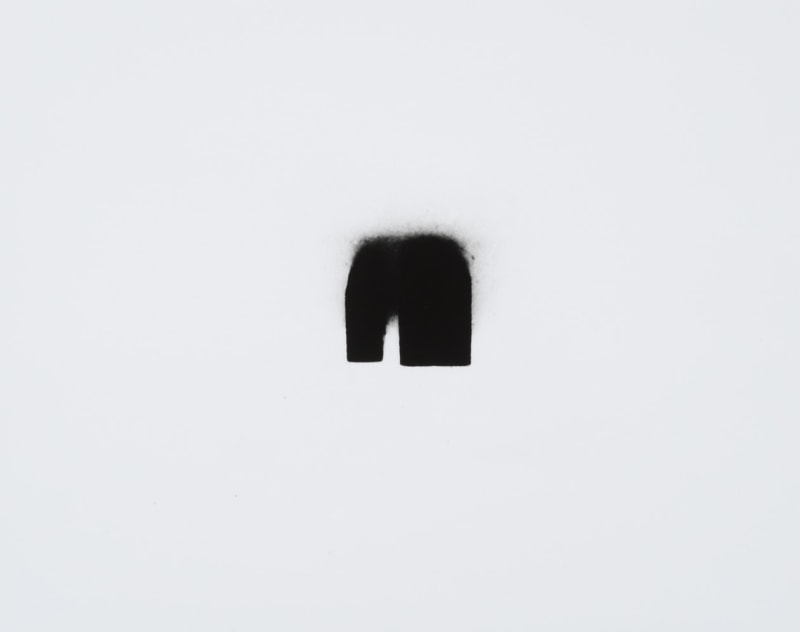
To anyone who has witnessed the growth of the contemporary Indian art scene in the last twenty years, the name Nasreen Mohamedi is legend. Her visionary demeanor gave reassurance that beyond audacious liveliness or acting out there can still be translation of space time mysteries into remarkable statements of visual form and formlessness.
Though she died relatively young (age 53) in 1990, Mohamedi left an elegant legacy of drawn and photographic images, all powerfully influenced by a life of travel and philosophic rumination. From Rajasthani Mughal architecture to postmodern Tokyo, we see a cultural geography rendered calmly charismatic in Mohamedi's eyes. Curvaceous lines of a building suddenly turn evanescent, the concrete flattop patterns of city streets disappear like so much trompe-l'oeil into the light. The unhampered landscape and both the evanescence and concreteness of ancient and modern design captivated Mohamedi's attention during the early 1960s and 70s and later helped to define her consummate drawing practice. Alas, we only catch a passing glimpse of this achievement in Mohamedi's first solo U.S exhibition.
In her critical treatise questioning the moment of modernity (and post-modernity) in Indian art and culture, India's leading art critic Geeta Kapur remembered Mohamedi opening up a space for deep, personal contemplation of Asian and Indian aesthetics, one that clearly separated itself from both the postcolonial practice of scrutinizing European influence in Indian figuration and the post-1947 Hinduization of Indian culture. Mohamedi's interests, in other words, were more phenomenological and cosmopolitan, carrying her across a Pan-Asian territory of concerns that in her photos are reflected by the desire to reveal physical truths of materiality and to forge a pathway of non-iconographic legibility, that of non-objective abstraction. More like X-rays and early stereographs than studies in Minor White Buddhist aesthetics, Mohamedi's photos echo the mystical minimalism of an early modern age caught in the throes of discovering the magic of writing with light.
The recent international attention paid to the artist is no surprise given the surging world art-market interest in all things Asian. This small show at the Talwar Gallery proves a more subtle point: that Mohamedi's photos precede and stake out the drawing territory for which the artist became best known in India. Unlike many artists who presume the hyperventilated hyper-linking of visual form, Mohamedi had faith in the quiet act of simply seeing as and through things in and of themselves. For us today, it may just take these shrill, stressful, electronically mediated times and enough otaku Murakami cuteness to crave entrance into the entrance into the calm, liberatory Zen zone Mohamedi envisioned with her photographs.
-M.A Greenstein